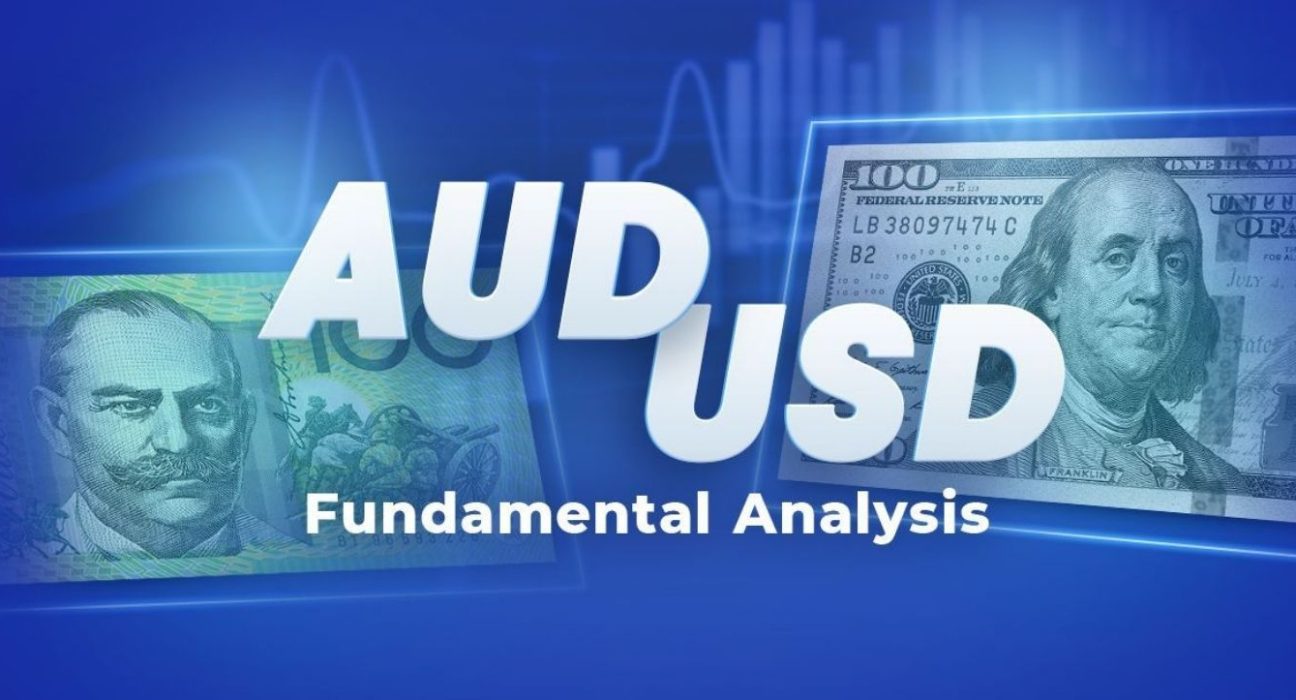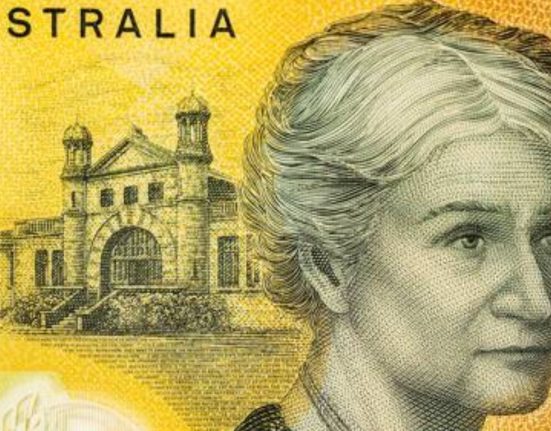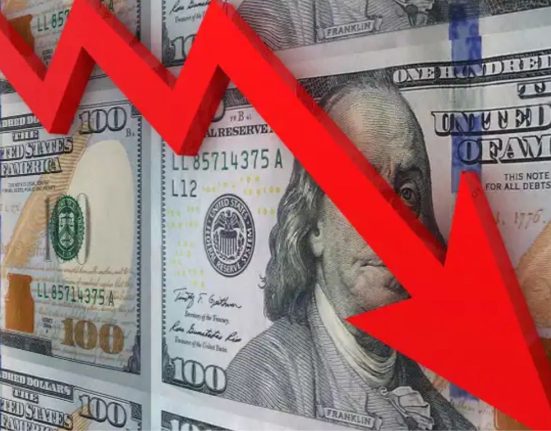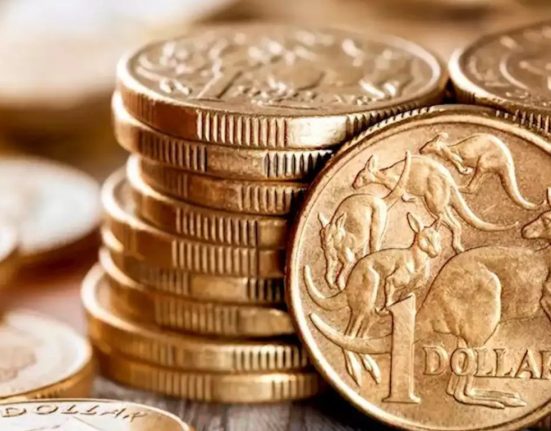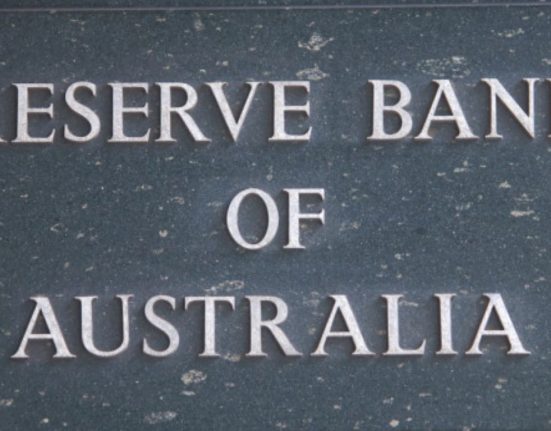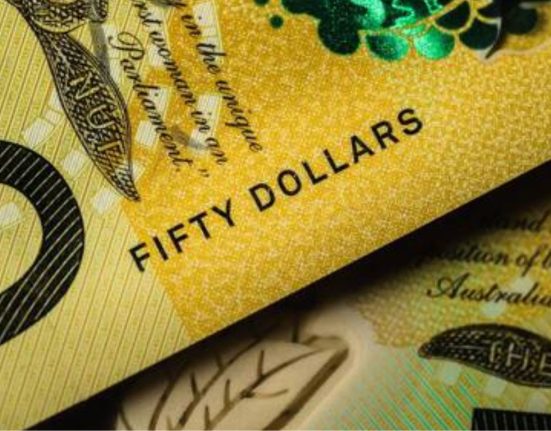Introduction
The AUD/USD pair, also known as the Aussie dollar, is one of the most traded currency pairs in the world. It represents the exchange rate between the Australian dollar (AUD) and the US dollar (USD). The AUD is the base currency, and the USD is the quote currency. The exchange rate tells us how many US dollars are needed to buy one Australian dollar.
The AUD/USD pair is influenced by various factors, such as economic data, monetary policy, commodity prices, market sentiment, and geopolitical events. In this article, we will look at some of these factors and how they affect the AUD/USD pair in 2023.
Economic Data
Economic data is one of the main drivers of currency movements, as it reflects the health and performance of a country’s economy. Some of the most important economic indicators for the AUD/USD pair are:
– Gross Domestic Product (GDP): This measures the total value of goods and services produced by a country in a given period. A higher GDP indicates a stronger economy and a higher demand for its currency.
– Consumer Price Index (CPI): This measures the changes in the prices of a basket of goods and services consumed by households. A higher CPI indicates a higher inflation rate and a lower purchasing power of a currency.
– Employment Data: This includes the unemployment rate, which measures the percentage of people who are actively looking for work but cannot find it, and the employment change, which measures the net change in the number of employed people in a given period. A lower unemployment rate and a higher employment change indicate a stronger labor market and a higher demand for its currency.
– Trade Balance: This measures the difference between a country’s exports and imports of goods and services. A positive trade balance indicates that a country sells more than it buys from abroad, which boosts its currency. A negative trade balance indicates that a country buys more than it sells from abroad, which weakens its currency.
In 2023, we expect that the Australian economy will continue to recover from the impact of the COVID-19 pandemic, supported by strong domestic demand, fiscal stimulus, and vaccine rollout. However, we also expect that the US economy will outperform the Australian economy, driven by robust consumer spending, business investment, and infrastructure spending. Therefore, we anticipate that the economic data will favor the USD over the AUD in 2023.
Monetary Policy
Monetary policy is another key factor that affects currency movements, as it determines the supply and cost of money in an economy. The central banks of Australia and the US are responsible for setting their respective monetary policies. Some of the most important monetary policy tools are:
– Interest Rate: This is the rate at which the central bank lends money to commercial banks. A higher interest rate attracts foreign investors who seek higher returns on their capital, which increases the demand for its currency. A lower interest rate discourages foreign investors who seek lower returns on their capital, which decreases the demand for its currency.
– Quantitative Easing (QE): This is a form of unconventional monetary policy that involves buying large amounts of government bonds or other financial assets from the market. This increases the money supply and lowers long-term interest rates, which stimulates economic activity and inflation. QE tends to weaken its currency by increasing its supply and lowering its value.
– Forward Guidance: This is a form of communication strategy that involves providing information about future monetary policy actions or intentions. This helps to shape market expectations and influence market behavior. Forward guidance can strengthen or weaken its currency depending on whether it signals tighter or looser monetary policy in the future.
In 2023, we expect that both the Reserve Bank of Australia (RBA) and the Federal Reserve (Fed) will start to tighten their monetary policies as their economies recover from
the pandemic and inflation pressures rise. However, we also expect that the Fed will hike its interest rate sooner and faster than the RBA, as it faces stronger inflationary pressures and growth momentum. Therefore, we anticipate that the monetary policy will favor
the USD over the AUD in 2023.
